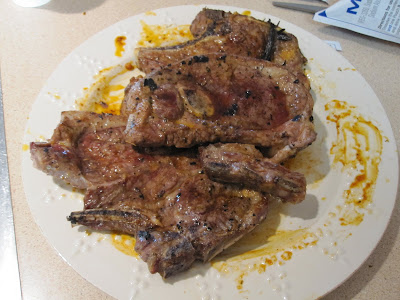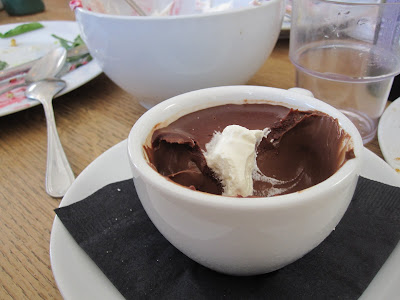Brief History of Romania: Very little of Romanian history is familiar to me. From 681 to 1000 AD, the area of Bucharest was part of the First Bulgarian Empire which I have learned did have run-ins with the Byzantine Empire. It had some commercial links with the Byzantine Empire and was also invaded by Pechenegs, Cumans and Mongols. In 1459 the area of Bucharest was one of the residences of Prince Vlad III Dracula, the Prince of Wallachia from 1431 to 1476. Bram Stoker, in his 1897 novel Dracula, associated Dracula’s name to that of a vampire. Bucharest became the capital of Wallachia in 1698. In 1862, the principalities of both Moldavia and Wallachia, under a single ruler, Alexander John Cuza, formally united to form Romania, with Bucharest as its capital. In 1878, following a Russian-Romanian-Turkish war, Romania was recognized as independent of the Ottoman Turks by the Treaty of Berlin. A Hohenzollern prince, Carol, was crowned as the first king of the Kingdom of Romania in 1881. In 1916 Romania entered World War I on the side of Great Britain, France and Russia but was quickly defeated and occupied by German and Austro-Hungarian forces. By the Treaty of Versailles, additional territories were awarded to Romania. On August 31, 1944, the Soviet Red Army entered Bucharest and in 1947 King Michael I abdicated his throne, imposed by the Soviet Union as a result of the agreements reached at the Yalta Conference. It was under communist rule until December 1989 when Nicolae Ceausescu and his wife were overthrown and executed.
Romanian Orthodox Church: The Romanian Orthodox Church is one of 15 autocephalous (independent) Eastern Orthodox Churches. That is, its head bishop, called the patriarch, does not report to any higher-ranking bishop. It is the second largest autocephalous Orthodox church (recognized as such in 1925) with 18 million members, behind the Russian Orthodox Church with 125 million members and ahead of the Serbian Orthodox Church with 15 million members. It geographically covers all of Romania and has dioceses for Romanians living in Moldova, Serbia and Hungary. It is the only Eastern Orthodox Church that uses a Romance or Latin language. While Romania was ruled by communists, the church functioned, but anti-communists were purged and the organization was controlled. Currently the Romanian government pays the salaries of priests, deacons and prelates and the pensions of those who have retired. The government also provides support for church construction and repairs and funds seminaries. There are currently six Metropolitan bishops and ten archbishops in Romania.

In the Romanian Orthodox Church, metropolitan bishops rank above archbishops, but have no special authority over other bishops in their provinces, other than that they chair their respective synods of bishops. Likewise, the patriarch has no higher rank, but chairs the synod of metropolitan bishops. A metropolis is the chief city of a historical Roman province. The current Patriarch of the Romanian Orthodox Church is Daniel Ciobotea, who is also Metropolitan of Ungro-Vlachia and Archbishop of Bucharest.
Patriarchal Cathedral of Bucharest: The Patriarchal Cathedral of Bucharest
is built on a hill known as Mitropoliei
on the grounds of a former monastery and was built between 1654 and 1658.
The church of the monastery was dedicated to Saint Constantine, the Roman Emperor who converted to Christianity, and to Saint Helen, Constantine’s mother. An outside mural, below.
Another outside mural.
The church was consecrated in 1658 by Macarios, the Patriarch of Antioch and of All Orient. In 1678, Metropolitan Varlaam founded a printing workshop in a couple of rooms of the church and ten years later issued the first Romanian Bible. None of the original interior paintings or icons remains, but there is a single icon from 1665 depcting Constantine and Helen, the patron Saints. The current frescoes were painted by Dimitrie Belizarie in 1923. The following are murals from the Narthex:
and
and
A view of a dome.
A closer look at the image of Christ in the dome.
Other inside views:
and
and
The bell-tower was built in 1698
and restored in 1958.
Next to the church, and closed to the public, is the Patriarchal Palace,
built in 1708, which is the residence
of the Patriarch of the Romanian Orthodox Church.























































